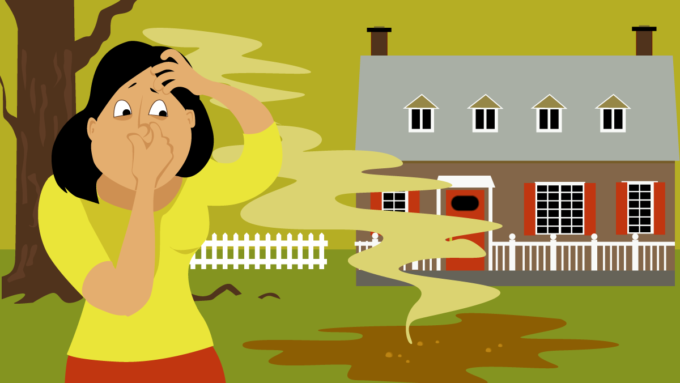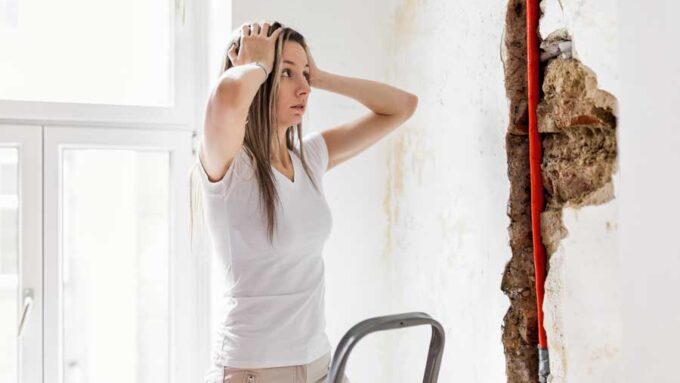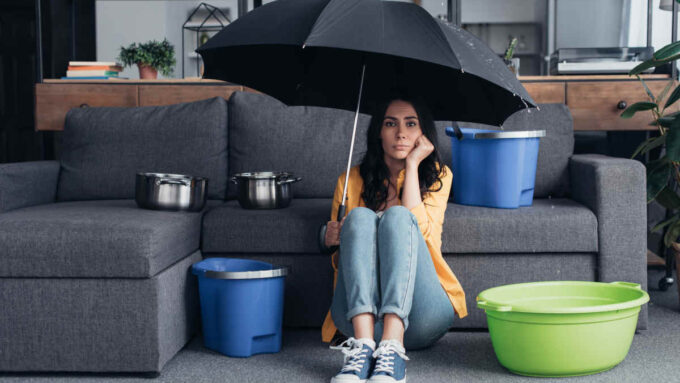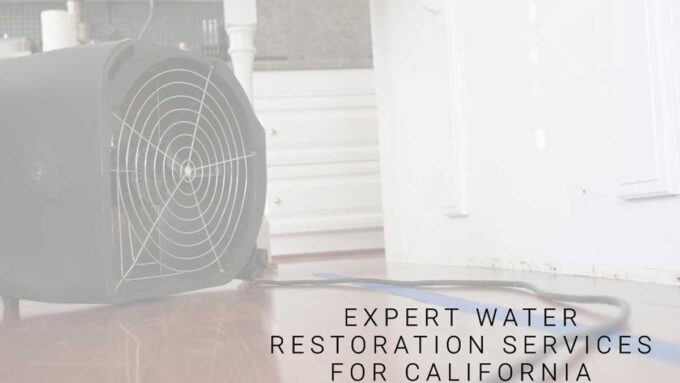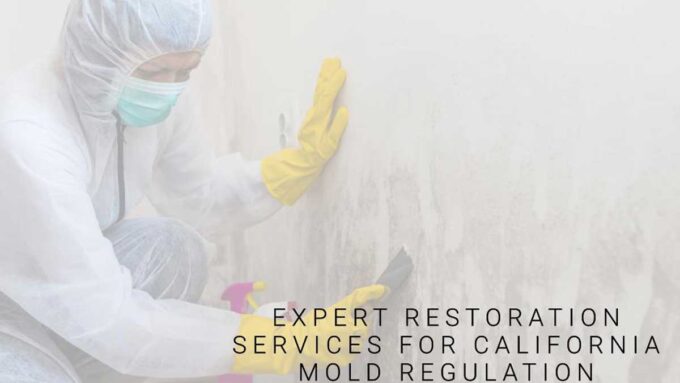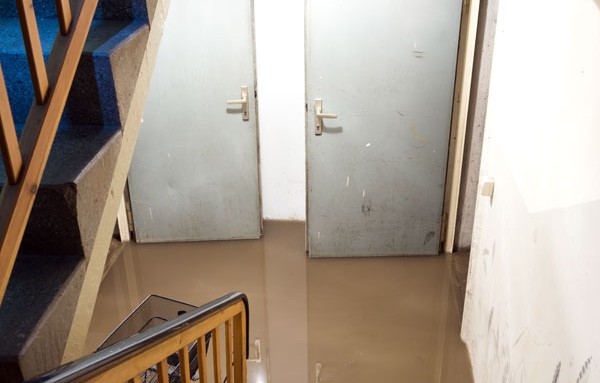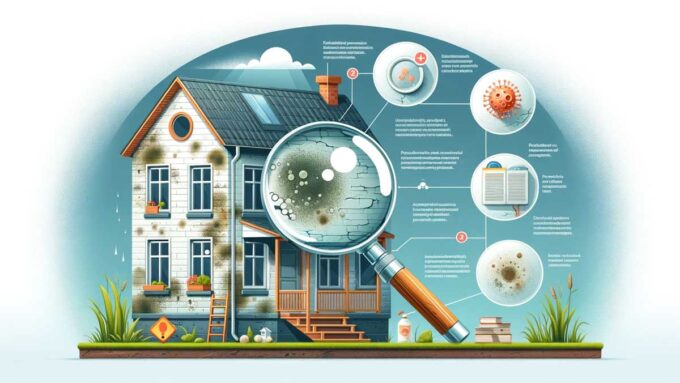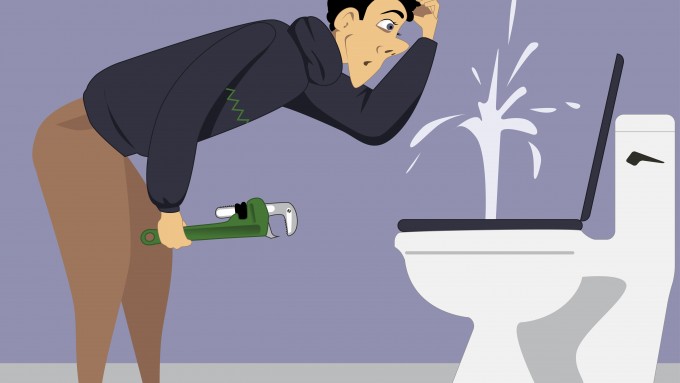A home sewage line is an often-over-looked aspect of one’s home, but that doesn’t make it any less of a concern. While physical damage to the line is uncommon, a back-up isn’t, and these are rarely covered by your insurance! Since back-ups are often caused by the owner (and a lot of physical damage is preventable), you’ll likely end up paying out of pocket for the damages- which can be a lot if the back-up floods your home and damages everything!
Insurance: Good for Little
There are only a few things your homeowner’s insurance will cover and those are mostly environmental:
- Falling objects, volcano eruptions, and vehicles/aircrafts.
- Riots and vandalism.
- Hail, windstorm, explosions, lighting, and fire.
Unfortunately, those problems are very unlikely and the more likely causes for a sewage problem are not covered by your insurance:
- Poor Upkeep
- Faulty construction
- Preventable/Negligent Error
What You Can Do!
A helpful thing you can do as a homeowner is get a Sewage BackUp Endorsement which provides extra coverage for a small annual increase, but your best bet is to prevent a problem from happening in the first place by:
- Dispose grease and paper products properly (like paper towels, diapers, and feminine products).
- Maintain your sewer lateral (this is the pipeline between your house and the city’s main sewer line).
- A long-term option is to replace existing pipes with plastic, because tree roots can’t penetrate them and cause leaks.
- Locate your sewer line BEFORE something happens- just in case!
- Know how to identify symptoms like: slow drains in sinks and bathtubs, gross smells, and mold inside the house are common signs that a larger problem is imminent.
If you do run into a back-up, here’s what you should do:
- Act quickly! Turn off the water immediately; the longer you take, the more time the problem has to cause damage.
- Save yourself time and money by setting up a video inspection; this relatively inexpensive service allows the professionals to locate the exact nature of the problem and how to fix it effectively.
- Once the problem has been identified, it’s time to fix the broken pipe! Fortunately, if you’ve done a video inspection, then that fee will likely roll into the price of the repair.
- Don’t forget to hire clean-up specialists. (This leak has the potential to cause more damage with mold, so attend to it immediately!)
All in all, what you as a Sonoma County homeowner need to know is: how to prevent a sewage backup, how to identify an imminent problem, where your sewer line is in case of an emergency, where the water shut-off valve is, and who to call when a pipe bursts. Remember, act fast!

